The innovative JCB Fastrac is this year celebrating a milestone – it has been 25 years since the first 100 series rolled off the production line, a machine which was the result of four years development at a cost of £12m.
Fast-forward to today and JCB has just launched the new flagship 8000 series which has returned to form, with a centrally positioned cab, equal wheels and a rear deck, along with family styling to match its baby brother the 4000 series, which was launched last year.
Range
The new range comprises of two models – the 8290 (280hp) and 8330 (335hp), replacing the previous 8270 and 8310 respectively which were introduced in 2005.
The most noticeable differences between the old and new is the CommandPlus cab, new hydraulic steering system, new styling as well as an uprated chassis and axles.
Engine
Under the newly-styled bonnet, designed to improve forward visibility and lighting, sits a familiar power plant to AGCO fans.
The original 8000 series was fitted with a Cummins 8.3 engine mated to a 65 kph CVT transmission. However, in 2011 this was updated to an 8.4 litre Sisu engine that is still used today – only now it is Tier 4 final compliant, courtesy of a selective catalytic reduction system which uses AdBlue.
This treatment system is neatly positioned underneath the right-hand side of the cab, with the exhaust stack rising up behind the right-hand B pillar so it does not obscure visibility.
JCB claim, the new model’s power outputs are up 14% over their predecessors, with torque up 10%; mainly thanks to a twin-turbo system arranged in series which uses a smaller turbo to keep up throttle response and a larger turbo to build torque and power.
The 8290 develops 280hp which boosts to 306hp as the revs are pulled down under load.
The 8330 takes the Fastrac to new performance levels, with an output of 335hp boosting to 348hp under full load. This represents a 42hp or 14% increase in power, while peak torque also increases by 10% to 1440Nm at 1500rpm, giving the tractor a greater ability to hang on’when the going gets tough, according to JCB.
Transmission
The affair with AGCO continues in the transmission department, with the Vario CVT gearbox, which is similar to that in the 900 series Fendt, getting tweaked to suit the Fastrac. These tweaks offer a top speed of 70km/h and integrate a ground-driven backup pump for the steering system in the event of engine or steering pump power loss. Traction is now improved with a near 50:50 weight distribution and equal wheel sizes, as well as the use of a clever traction control system that monitors wheel slip and applies the brakes to transfer more power to the wheel that has the most grip.
The transmission itself has essentially two ranges, offering speeds of 0-40km/h in the low range and 0-70km/h in the high range. There are also four driving modes to further customise your driving to suit the application.
D mode allows the operator to drive with the foot pedal while the tractor works out the optimum ratios and engine speed. M mode is a manual mode where the operator drives using the joystick.
My personal favourite though is PS mode, which is a virtual powershift mode where you get the feel of a normal powershift transmission.
The fourth option is Flex mode, which limits the top speed but allows the operator to use the accelerator to make finer adjustments to the speed.
Suspension
The new 8000 series continues with the coil-spring and damper front suspension system and active rear axle suspension, to maintain an even ride height, that is also fitted on the Fastrac’s older models.
Fastrac fans can appreciate how good this system works – providing a high level of comfort even over rough ground and at high speeds. Braking is taken care of by large-diameter outboard disc brakes, each receiving twin callipers and ABS as standard for added safety.
Steering
One of the biggest improvements on the 8000 series is the new hydrostatic dual-steering system which replaces the power-assisted mechanical system used previously.
The new system is basically two hydrostatic systems in one that use a control valve to continuously monitor pressures and flows in both systems. This dual line hydraulic steering system works on the principle that if a failure occurs with one line, the second line takes over. In addition, should the engine or the steering pump itself stop, a backup ground-driven pump integrated within the transmission will take over. This system was designed to meet the crucial failsafe requirements for a tractor capable of a 70km/h top speed.
The new steering system also has a new Rapid Steer feature, which halves the number of turns lock-to-lock from four to two, making life easier for the operator during headland turns and other manoeuvres below 10km/h.
Cab
By far the most noticeable change to the 8000 series is the CommandPlus cab, which made its debut on the 4000 series last year. The new cab provides more space and comfort for the operator, who now perches in a driver’s seat that can swivel a full 50° to the right and 20° to the left, making working rear attachments far less strenuous. The driving position has also been moved forward a few inches, freeing up extra space on the rear load deck for a mounted sprayer or seed hopper.
Inside, the forward-raked cab structure adds to the sense of interior space while deep door glass and side windows as well as a large near-vertical windscreen improves visibility, while also reducing heat absorption, according to JCB.
The tractor’s main controls reside on the right hand armrest, while secondary functions are controlled via buttons on the right-hand B pillar. For more intuitive tractor setup an easy to use touchscreen terminal is used.
Working at night is improved with the optional LED package, which features up to 18 lights in total, providing maximum illumination for tractor operators frequently working in the dark.
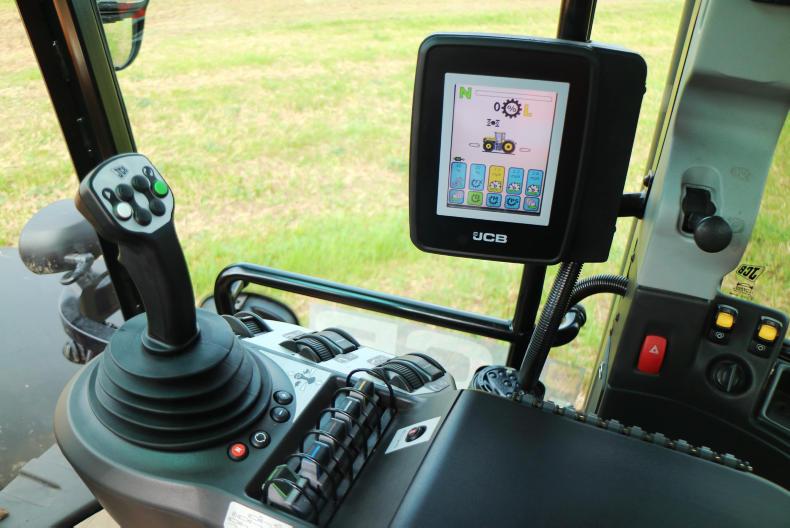
Summary
The new 8000 Fastrac is a very good- looking tractor. The styling is in line with the 4000 series and definitely has the edge in comfort over the opposition with the CommandPlus cab. With a tried and tested Sisu engine and essentially a Fendt transmission you are definitely looking at a high-end tractor with a high-end price.
Although great emphasis is put on its ability to work in the field – which it does just as well as conventional tractors – I think the Fastrac’s real home is on the road, where its 70km/h top speed and comfort make it the ultimate machine in transport or haulage applications.

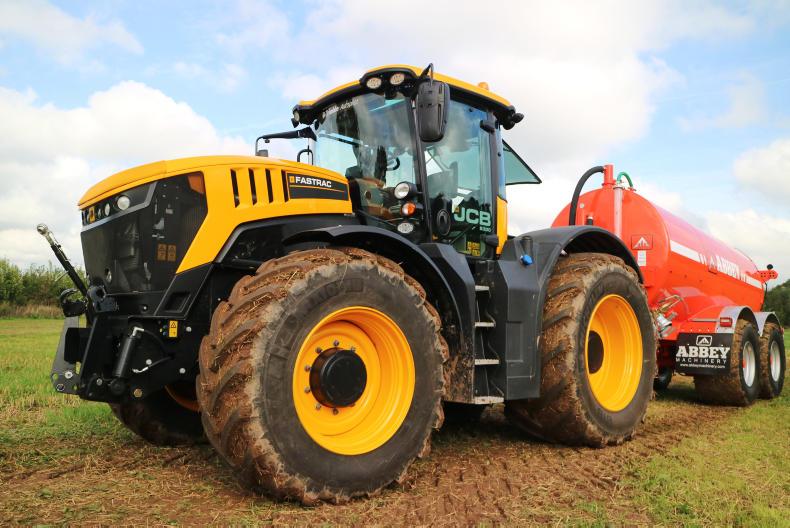




 This is a subscriber-only article
This is a subscriber-only article










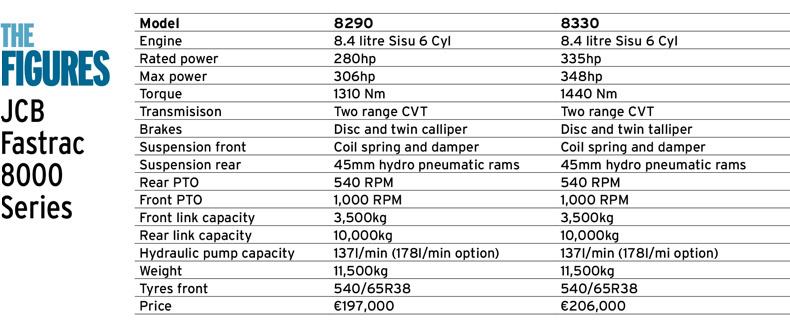



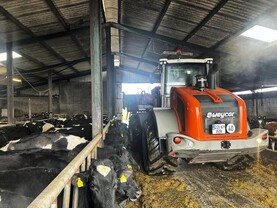
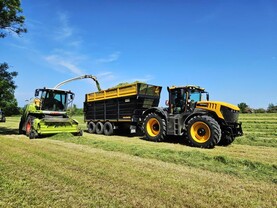
SHARING OPTIONS: